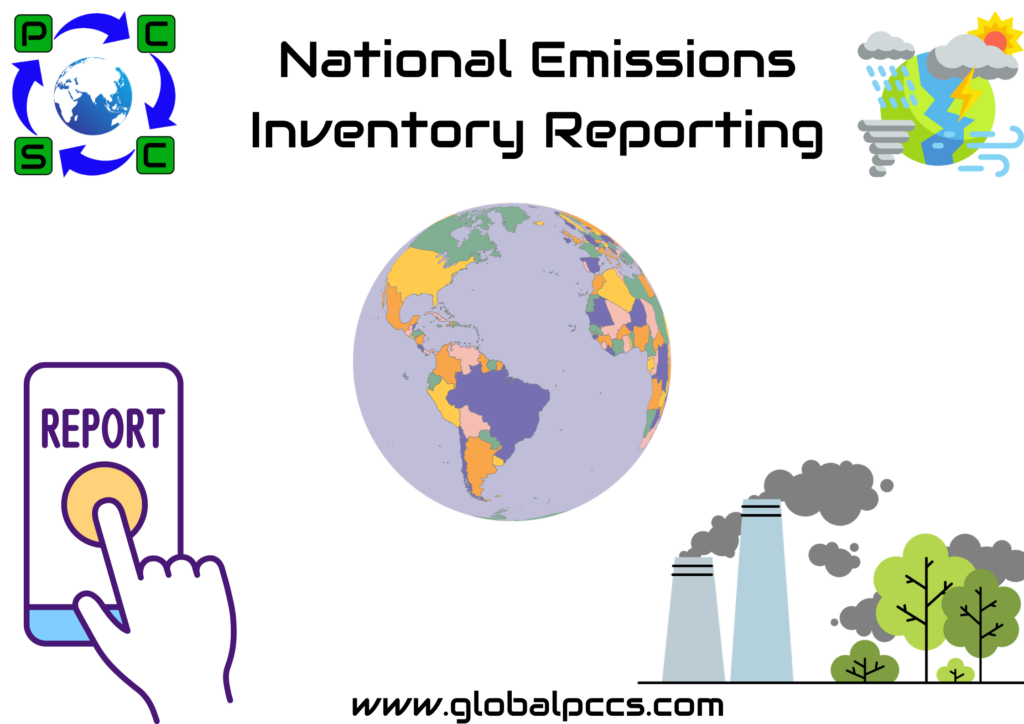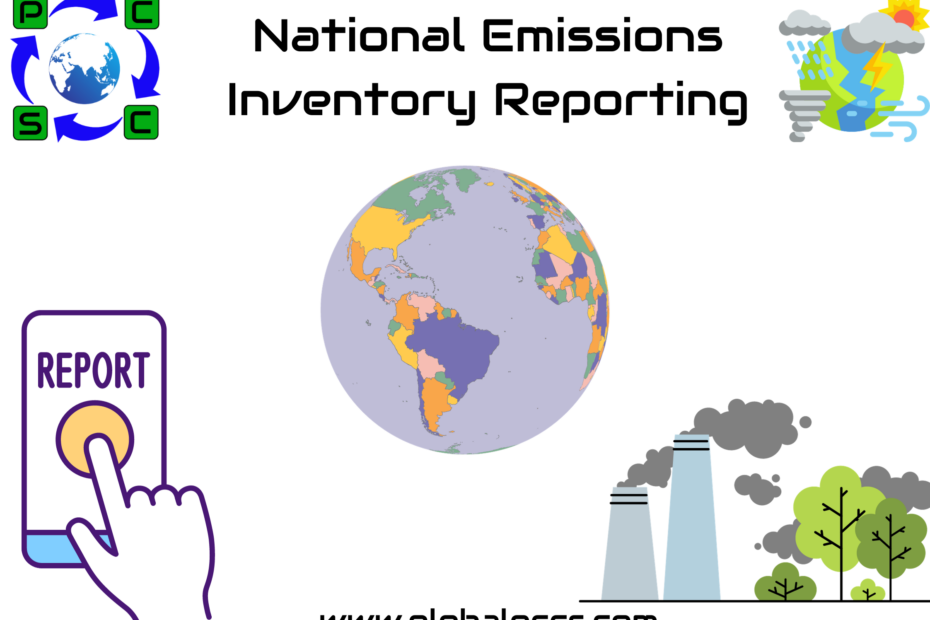 Environmental reporting is an essential part of maintaining compliance for your facility. However, it can often seem like a burdensome task assigned to your organization by regulations with no clear end goal. That isn’t the case when it comes to National Emissions Inventory (NEI) reporting. Maintaining complete and accurate reporting benefits both your organization and society at large.
Environmental reporting is an essential part of maintaining compliance for your facility. However, it can often seem like a burdensome task assigned to your organization by regulations with no clear end goal. That isn’t the case when it comes to National Emissions Inventory (NEI) reporting. Maintaining complete and accurate reporting benefits both your organization and society at large.
How Does the Government Use National Emissions Inventory Data?
When it comes time for your next NEI report, you’ll submit a wide range of emissions data to your state environmental agency. Depending on your state, that can include hazardous air pollutants (HAPs), criteria air pollutants (CAPs), precursors, and greenhouse gases. Your state agency then compiles and submits data from facilities and other sources to the Environmental Protection Agency (EPA).
The EPA publishes comprehensive and detailed air emissions data through the NEI every three years, providing a wide range of tools to access and parse that data to the general public. This data plays an essential role in environmental planning, research, and policy development.
How National Emissions Inventory reporting from your facility supports important initiatives?
- Policy and planning.
- Air quality and climate modeling.
- Environmental and public health research.
- Your facility’s national emissions inventory data.
Managing Air Quality
A substantial body of evidence shows that air pollutants cause a wide variety of long-term and short-term health effects. Particulate matter, SOx, NOx, and other HAPs pose an immediate public health risk.
Data from NEI reports provides a foundation for the EPA and various research institutions to model air quality nationwide. These models are vital in risk assessment, air permitting decisions, and energy and transportation infrastructure development.
Emissions inventories are also crucial in addressing air pollution on a global scale. The EPA and similar agencies in countries worldwide submit emissions inventory data to the Convention on Long-Range Transboundary Air Pollution (CLRTAP). The convention has established protocols adopted by its 51 party nations on organic pollutants, heavy metals, sulfur, and other air pollutants.
Addressing Climate Change
The NEI compiles greenhouse gas emissions data from a wide range of sources, including facilities like yours, transportation, infrastructure, agriculture, and fires. This provides a comprehensive overview of actual greenhouse gas emissions, which is vital for research and policy development related to climate change.
Emissions inventories allow nations such as the US to assess their current impact and to develop tangible policy goals. They also provide the capability to track and evaluate progress as many countries work toward ambitious net-zero 2050 goals.
Similar to air quality, the NEI also supports efforts against climate change on an international level. The United Nations Framework Convention on Climate Change (UNFCCC), notable for both the Kyoto Protocol and the Paris Agreement, relies on emissions inventories from countries around the world for research, modeling, and policy development.
What Happens If Your NEI Reports Are Inaccurate or Late?
The beneficial impact of environmental reporting on research and policy development is clear. However, that isn’t the only reason your organization must implement complete and accurate NEI reporting. You have an obligation to submit reports, and there can be severe consequences if you don’t.
The Risks of improper NEI reporting
- Routine penalties and fees.
- Major inaccurate and late reporting lines.
- EPA and state agency regulatory action.
The Impact of Major Reporting Violations
When you submit your NEI report to your state environmental agency, you certify that the data you provide is complete and accurate. If you knowingly misrepresent that fact, you could face fines from both your state environmental agency and the EPA.
In 2013, a federal court charged a major coke manufacturing facility $24.7 million in penalties and community service payments due to violations of the Clean Air Act (CAA) and the Resource Conservation and Recovery Act (RCRA). NEI reporting was far from the only issue in the case, with significant releases of benzene-laden gas and subsequent lack of disclosure being the focus.
However, improper NEI reporting did play a key role in the case. The court saw the ambiguous specification of control equipment in reports submitted to the New York State Department of Environmental Conservation as evidence of intentional diversion by the company.
The facility suspended operations and shut down permanently in 2018, filing for bankruptcy when they could not pay the assigned penalties. It employed more than 120 workers at the time of its closure.
Penalties From State Environmental Agency
While high-profile cases involving federal agencies are rare, your facility is still at risk of incurring penalties from your state environmental agency for much smaller mistakes. Each state is unique in its specific emissions inventory reporting requirements, so your liability can vary widely.
In California, some of the most significant emissions inventory penalties fall under the state’s mandatory GHG reporting program. There are numerous instances of the Air Resources Board issuing fines over $300,000 against facilities for incorrect or significantly late reporting.
While these fines targeted large corporations, that doesn’t mean that smaller operations don’t also face risks. Routine penalties for errors in reporting can reach $10,000 and $2,500 for late reports, depending on your state. Your organization will also be responsible for additional regulated air pollutant fees on any unreported emissions.
What next ?
Fulfilling our NEI reporting requirements enables our company to contribute to the public health and climate change mitigation efforts. It also reduces the possibility that our operations will have an adverse effect on the environment and result in fines or other severe repercussions.
Even with these obvious advantages, the business you run may still have a significant workload as a result of NEI reporting. Difficulties include the intricacies of the many state standards, the difficulty of precisely tracking and calculating emissions, and the exact formatting and submission for your state.








 Authorised IMDS & CDX Training & Consulting partner for
Authorised IMDS & CDX Training & Consulting partner for






